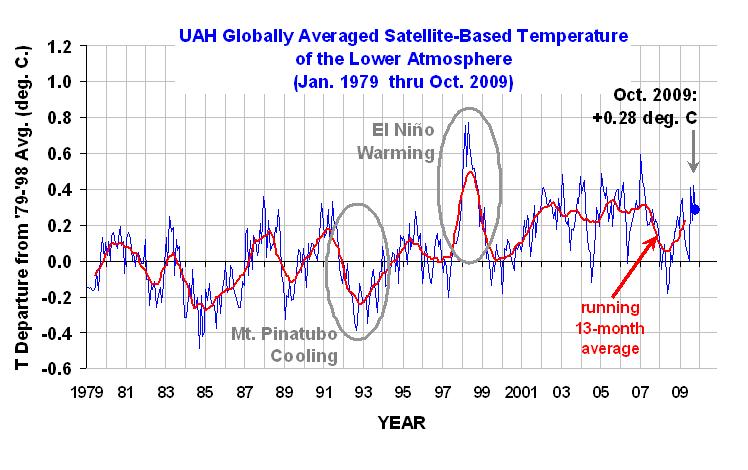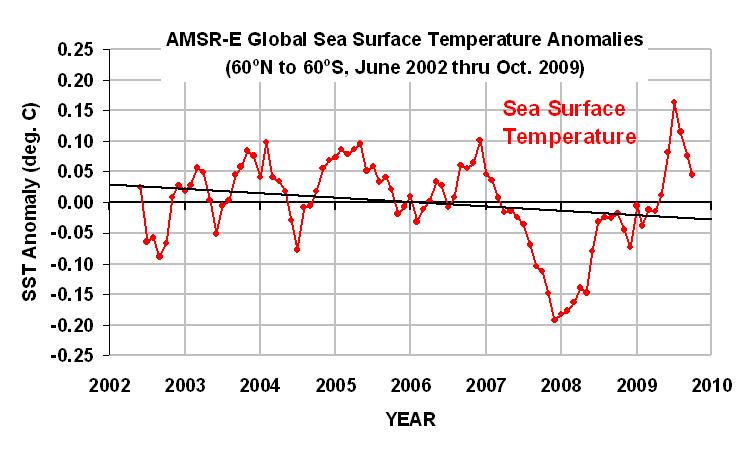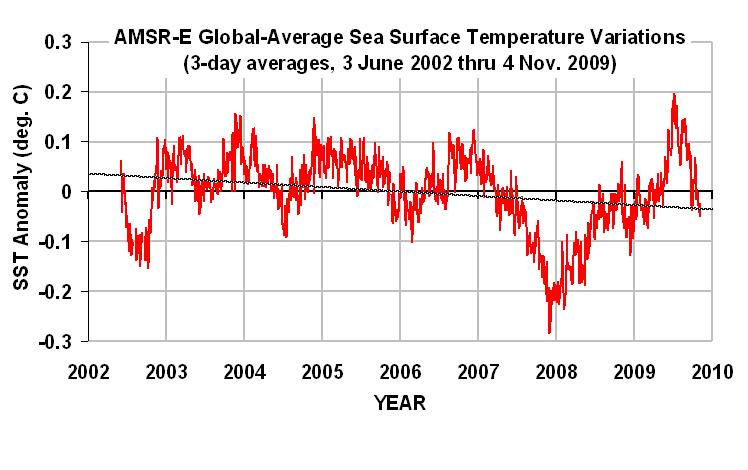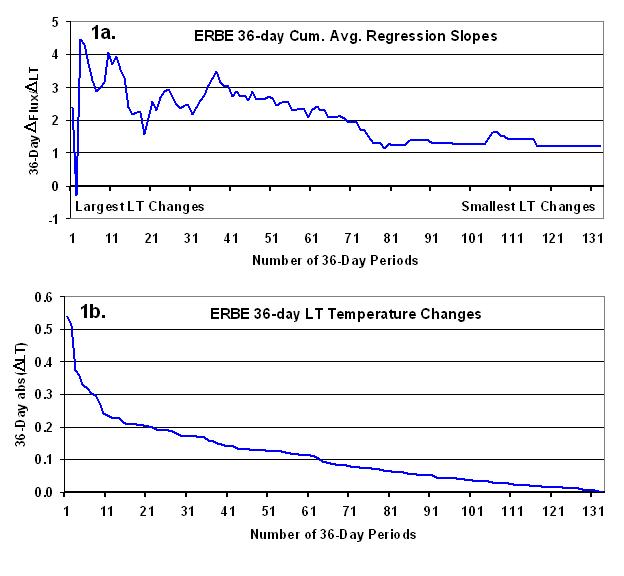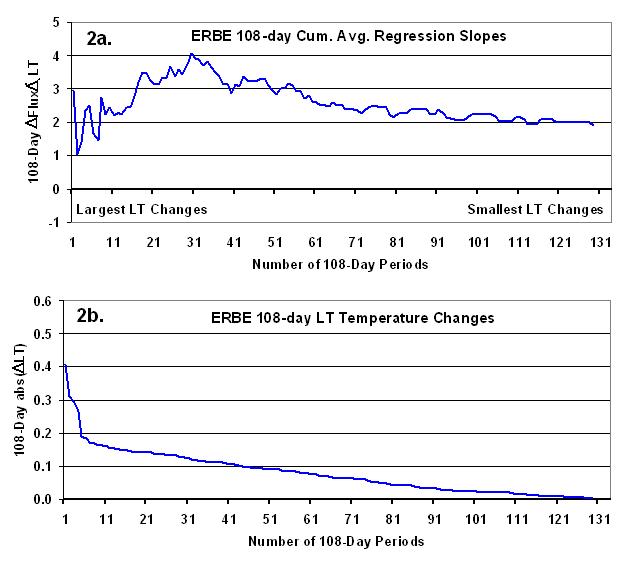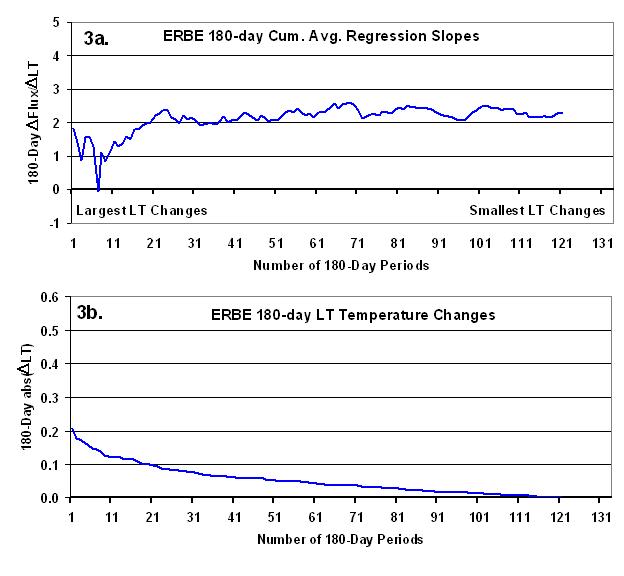Well, maybe not my top 10…but the first ten that I thought of.
1. The term “climate change” itself. Thirty years ago, the term “climate change” would have meant natural climate change, which is what climate scientists mostly studied before that time. Today, it has come to mean human-caused climate change. The public, and especially the media, now think that “climate change” implies WE are responsible for it. Mother Nature, not Al Gore, invented real climate change.
2. “Climate change denier”. A first cousin to the first annoyance. Again, thirty years ago, “climate change denier” would have meant someone who denied that the Medieval Warm Period ever happened. Or that the Little Ice Age ever happened. What a kook fringe thing to believe that would have been! And now, those of us who still believe in natural climate change are called “climate change deniers”?? ARGHH.
3. The appeal to peer-reviewed and published research. I could go on about this for pages. Yes, it is important to have scientific research peer-reviewed and published. But as the Climategate e-mails have now exposed (and what many scientists already knew), we skeptics of human-caused climate change have “peers” out there who have taken it upon themselves to block our research from being published whenever possible. We know there are editors of scientific journals who assist in this by sending our papers to these gatekeepers for the purpose of killing the paper. We try not to complain too much when it happens because it is difficult to prove motivation. I believe the day is approaching when it will be time to make public the evidence of biased peer review.
4. Appeal to authority. This is the last refuge of IPCC scientists. Even when we skeptics get research published, it is claimed that our research is contradicted by other research the IPCC has encouraged, helped to get funded, and cherry-picked to support its case. This is dangerous for the progress of science. If the majority opinion of scientists was always assumed to be correct, then most major scientific advances would not have occurred. The appeal to authority is also a standard propaganda technique.
5. Unwillingness to debate. I have lectured to many groups where the organizers could not find anyone from the IPCC side who would present the IPCC’s side of the story. I would be happy to debate any of the IPCC experts on the central issues of human-caused versus natural climate change, and feedbacks in the climate system. They know where to find me. (For the most common tactic used by the IPCC in a debate, see annoyance #4.)
6. A lack of common sense. Common sense can be misleading, of course. But when there is considerable uncertainty, sometimes it is helpful to go ahead and use a little anyway. Example: It is well known that the net effect of clouds is to cool the Earth in response to radiant heating by the sun. But when it comes to global warming, all climate models do just the opposite…change clouds in ways that amplify radiative warming. While this is theoretically possible, it is critical to future projections of global warming that the reasons why models do this be thoroughly understood. Don’t believe it just because group think within the climate modeling community has decided it should be so.
7. Use of climate models as truth. Because there are not sufficient high-quality, globally-distributed, and long term observations of climate fluctuations to study and better understand the climate system with, computerized climate models are now regarded as truth. The modelers’ belief that climate models represent truth is evident from the language they use: climate models are not “tested” with real data, but instead “validated”. The implication is clear: if the data do not agree with the models, it must be the data’s fault.
8. Claims that climate models have been tested. A hallmark of a good theory is that it should predict something which, upon further investigation, turns out to be correct. To my knowledge, climate models have not yet forecasted anything of significance. And even if they did, models are ultimately being relied upon to forecast global warming (aka ‘climate change’). As far as I can tell, there is no good way to test them in this regard. And please don’t tell me they can now replicate the seasons quite well. Even the public could predict the seasons before there were climate models. Predicting future warming (or cooling) is slightly more difficult, but not by much: a flip a coin will be correct 50% of the time.
9. The claim that the IPCC is unbiased. The IPCC was formed for the explicit purpose of building the case for global warming being our fault, not for investigating the possibility that it is just part of a natural cycle in the climate system. Their accomplices in government have bought off the scientific community for the purpose of achieving specific policy goals.
10. The claim that reducing CO2 emissions is the right thing to do anyway. Oh, really? What if life on Earth (which requires CO2 for its existence) is actually benefiting from more CO2? Nature is always changing anyway…why must we always assume that every single change that humans cause is necessarily a bad thing? Even though virtually all Earth scientists believe this, too, it is not science, but religion. I’m all for religion…but not when it masquerades as science.

 Home/Blog
Home/Blog